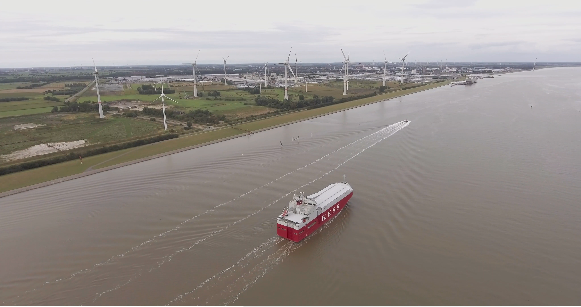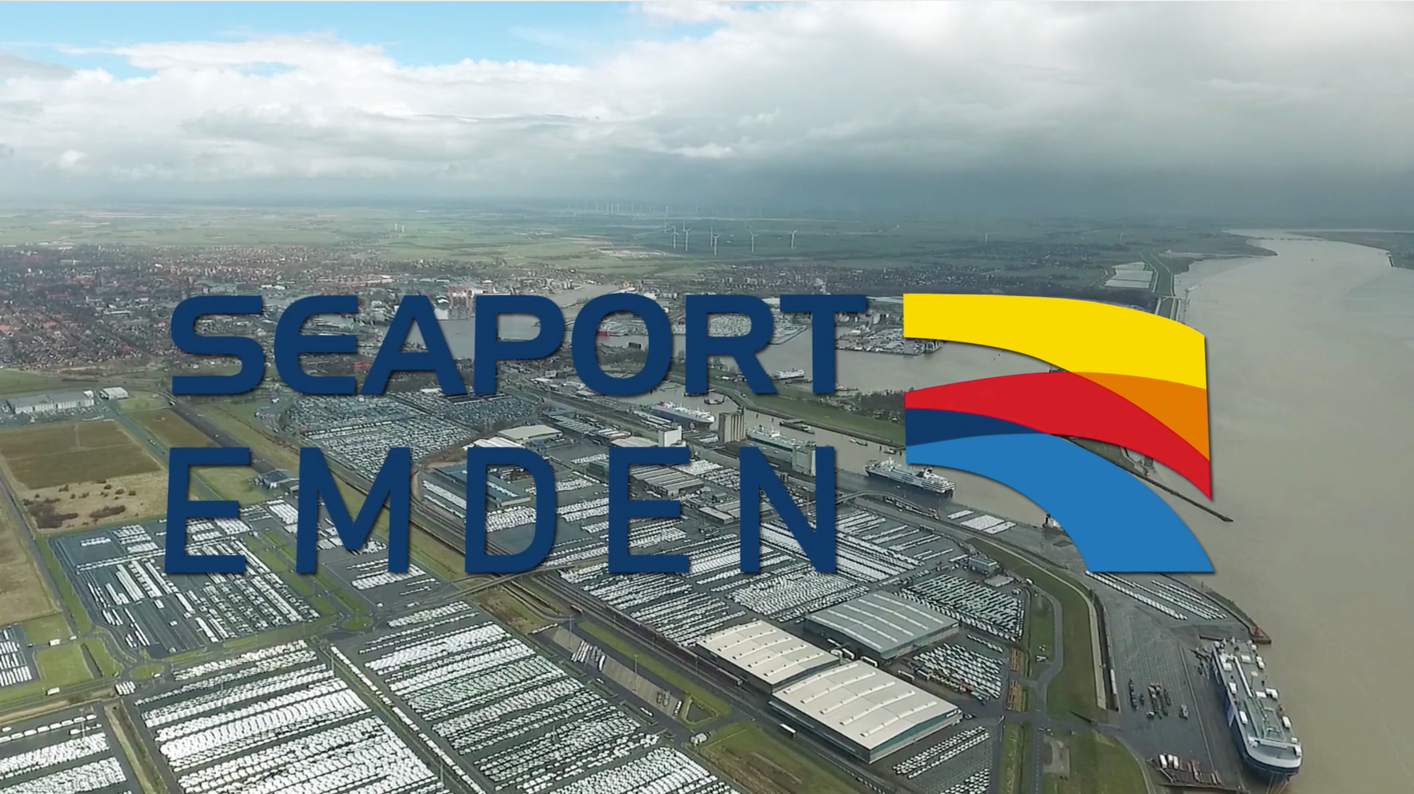A port with 1,200 years of history
Emden and its port are inseparable. As early as the year 800 AD, a Frisian trade settlement was established on the north bank of the Ems estuary. This can be viewed as the cornerstone of the Port and City of Emden.
Trade and seafaring significantly determined life in the city. The mention of a merchant vessel from Emden in London in 1224 is viewed as the first piece of documentary evidence. At the end of the 15th century, the city was granted staple rights. From now on, all vessels passing Emden on the River Ems were forced to offer their goods in the city first before proceeding.
Trade and shipping flourished, and by approx. 1600 the Port of Emden had become one of the most important ports in Northern Europe. Emden’s fleet consisted of some 600 vessels. The vessels of the Emden East Asian trading company finally conveyed the scent of tea and spices to East Friesland. In around 1750, they set out for their first voyages to Canton in China.
At the turn of the 19th century, the harbour developed more and more into a modern handling location with increasing industrialisation. Emden is viewed as the seaport for Germany's Ruhr area. Coal from the Ruhr is shipped to Emden on the Dortmund-Ems Canal. In the opposite direction iron ore imported for the steel industry is shipped to the Ruhr area, especially from South Quay, which was built between 1913-1926.
The Port of Emden is approached from seawards through two locks. The Nesserlander Lock was built between 1883 and 1888, replacing the old Nesserlander sluice lock, which no longer met requirements. In 2017 it is expected to resume operations with an approach width of 18 metres and a chamber length of 180 metres. The Große Seeschleuse (Large Sea Lock) was completed in 1913; it was considered the largest of its kind at the time, with a length of 260 metres and a width of 40 metres.
In 1986, the iron ore era in Emden came to an end, when last ore carrier berthed. Large bulk carriers were unable to approach the port fully laden due to their draught, and the new generation of inland waterway vessels was too large for the Dortmund-Ems Canal and its locks. An increasing European bias of the market and the downturn in the steel industry did the rest.
In 1964, Volkswagen was looking for a new production site with a port connection; it chose Emden. Since then, automotive transhipment has become the port's most important commodity>.
All models of the Volkswagen Group and its subsidiaries are imported and exported via Emden. This makes Emden the third largest automotive handling port for vehicles in Europe. By the year 2020, a third deep water berth will be built, allowing for up to 2 million vehicles to be handled annually.
Green energy is also empowering the Port of Emden. Wind turbine manufacturer Enercon uses Emden as a transhipment hub. And Emden has established itself as a home port for offshore wind farms.
In addition, the Port of Emden is home to towage businesses and a number of global shipping companies. Ferries to the island of Borkum also depart from Emden.



